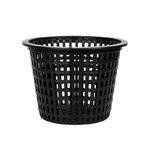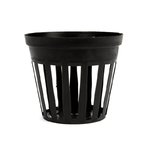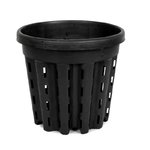rockm
Spuds Moyogi
"But why if akadama is good should it not be good for start trees as well? If organic is so bad, why is it good for starter trees?"
Akadama is pretty expensive stuff. Using it for three dozen seedlings/saplings is like water skiing behind a yacht--you can do it, but it's mostly a waste. I never used Akadama much and when I got it, I made sure it went a long way by mixing it with other stuff. I also didn't use it on developing trees. I could use plain old bonsai soil and get mostly similar results on those trees. Akadama is best applied to ALREADY developed trees, as it breaks down over time increasing soil density, slowing growth (you don't want that with young developing stock). That slower growth can help with finer development points, like increased ramification, and prevent new more vigorous shoots from developing.
Here's a good explainer:

 bonsaitonight.com
bonsaitonight.com
Akadama is pretty expensive stuff. Using it for three dozen seedlings/saplings is like water skiing behind a yacht--you can do it, but it's mostly a waste. I never used Akadama much and when I got it, I made sure it went a long way by mixing it with other stuff. I also didn't use it on developing trees. I could use plain old bonsai soil and get mostly similar results on those trees. Akadama is best applied to ALREADY developed trees, as it breaks down over time increasing soil density, slowing growth (you don't want that with young developing stock). That slower growth can help with finer development points, like increased ramification, and prevent new more vigorous shoots from developing.
Here's a good explainer:

All about akadama - Bonsai Tonight
Akadama is a fundamental component of bonsai soil. It is used throughout Japan as a potting medium for both bonsai and general gardening purposes. More and
 bonsaitonight.com
bonsaitonight.com




